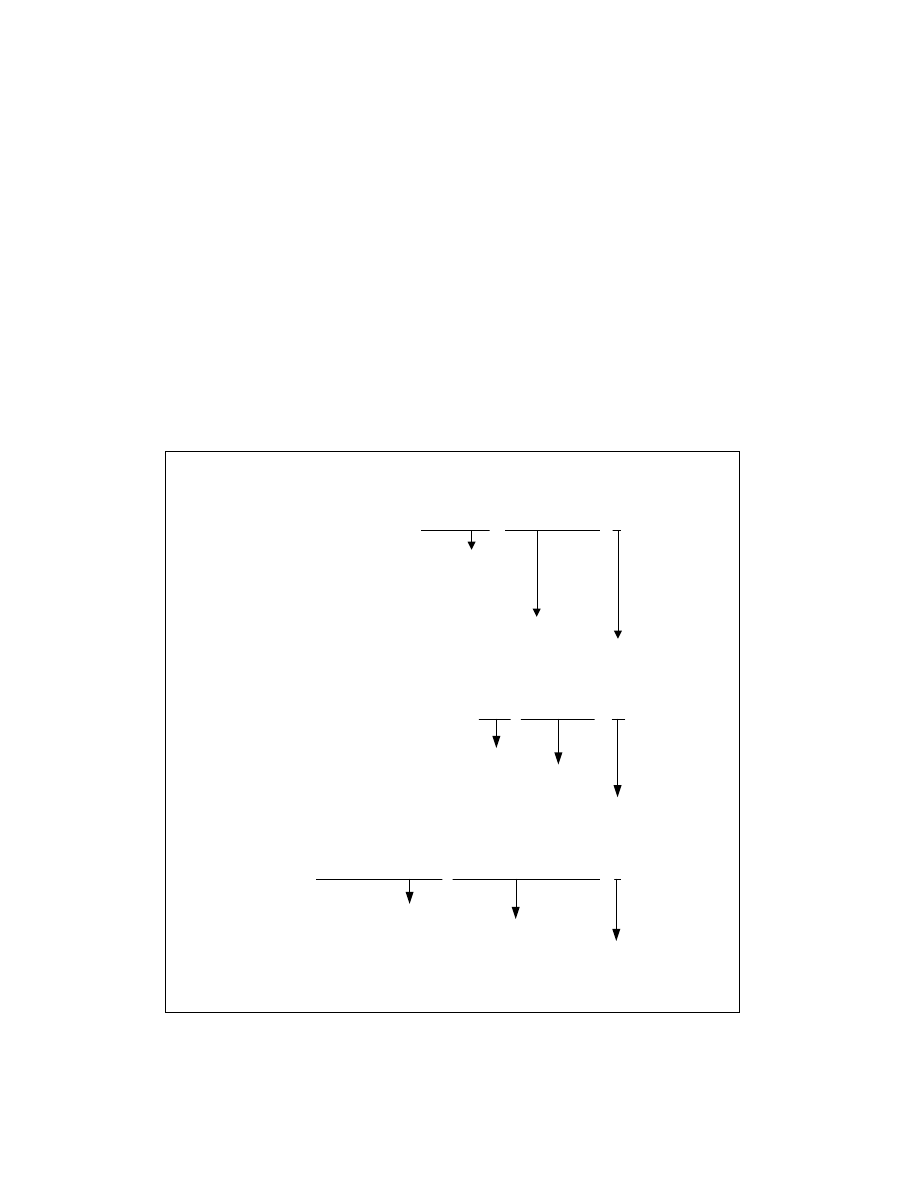
1-8 Vol. 3A
ABOUT THIS MANUAL
The processor also supports segmented addressing. This is a form of addressing where a program may have many
independent address spaces, called segments. For example, a program can keep its code (instructions) and stack
in separate segments. Code addresses would always refer to the code space, and stack addresses would always
refer to the stack space. The following notation is used to specify a byte address within a segment:
Segment-register:Byte-address
For example, the following segment address identifies the byte at address FF79H in the segment pointed by the DS
register:
DS:FF79H
The following segment address identifies an instruction address in the code segment. The CS register points to the
code segment and the EIP register contains the address of the instruction.
CS:EIP
1.3.6
Syntax for CPUID, CR, and MSR Values
Obtain feature flags, status, and system information by using the CPUID instruction, by checking control register
bits, and by reading model-specific registers. We are moving toward a single syntax to represent this type of infor-
mation. See Figure 1-2.
Figure 1-2. Syntax for CPUID, CR, and MSR Data Presentation
For Control Register Values
For Model-Specific Register Values
CPUID.01H : ECX.SSE [bit 25] = 1
Value (or range) of output
Syntax Representation for CPUID Input and Output
Output register and feature flag or
field name with bit position(s)
CR4.OSFXSR[bit 9] = 1
Feature flag or field name
with bit position(s)
Value (or range) of output
Example CR name
Feature flag or field name with bit position(s)
IA32_MISC_ENABLES.ENABLEFOPCODE[bit 2] = 1
Value (or range) of output
Example MSR name
OM17732
Input value for EAX defines output
(NOTE: Some leaves require input values for
EAX and ECX. If only one value is present,
EAX is implied.)